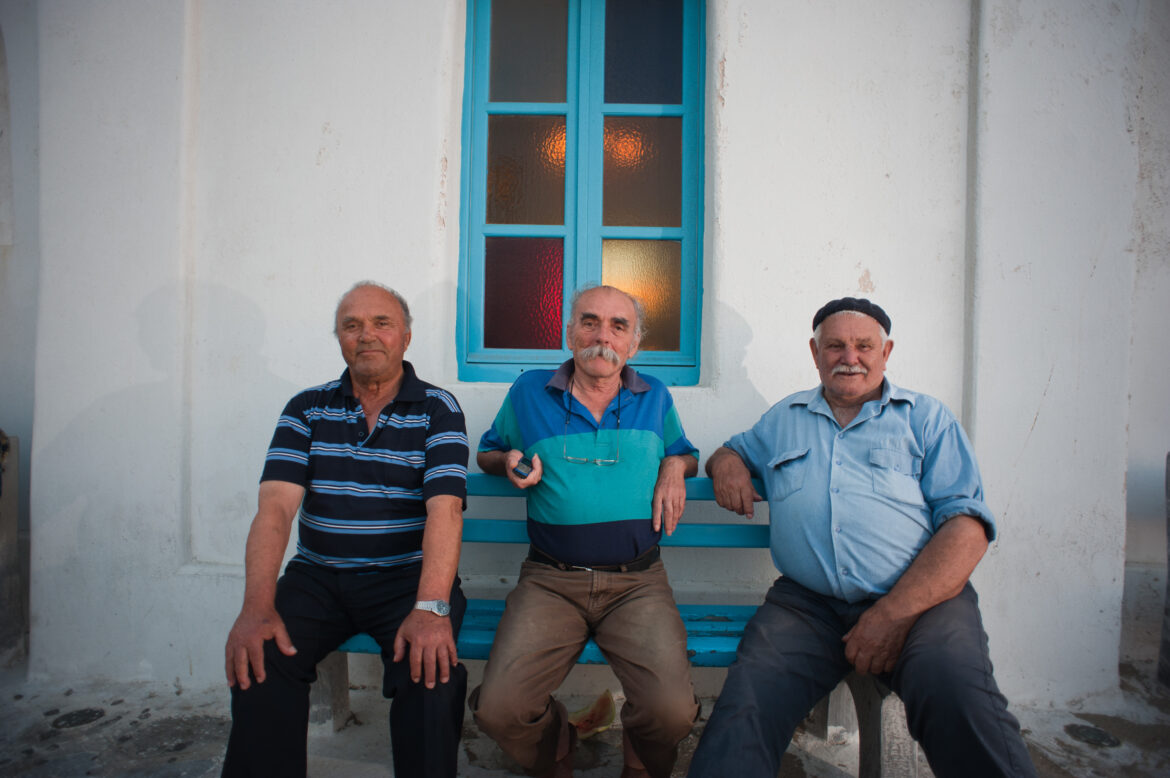The island of Cyprus, nestled in the eastern Mediterranean, holds a unique place in the geopolitics and cultural milieu of the region. It is a mosaic of influences, reflecting a blend of ancient civilizations, colonial legacies, and rich traditions. When considering the identity of its inhabitants, the question arises: What are the people from Cyprus called? Depending on various socio-political and historical contexts, they can be referred to as Cypriots, a term that encompasses both the Greek and Turkish populations residing on the island. However, understanding Cypriot identity goes beyond merely their geographical label; it encompasses a tapestry woven with threads of history, religion, culture, and national sentiment.
To delve into the complexity of Cypriot identity, we must first recognize the island’s long and tumultuous history. Located at a strategic crossroads, Cyprus has been ruled by numerous empires, including the Assyrians, Egyptians, Romans, Byzantines, and Ottomans. This myriad of rulers profoundly influenced the cultural landscape, leading to a diverse identity. Today, the term “Cypriot” can signify a shared heritage, marked by the experiences and legacies of both Greek and Turkish Cypriots.
At the heart of Cypriot identity is a profound connection to faith. The island’s religious landscape is predominantly Christian, with the majority of Greek Cypriots adhering to the Orthodox Church of Cyprus. The Church plays a pivotal role in shaping the national identity, not merely as a place of worship but as a bastion of cultural continuity and resilience, particularly during periods of foreign domination. Churches dot the landscape, often standing as symbols of ethnic pride and community cohesion. Festivals, rituals, and communal gatherings centered around religious observance reinforce a collective identity among believers.
Conversely, the Turkish Cypriot community predominantly embraces Islam, following the Ottoman legacy that has left a significant mark on the island. The coexistence of these two religious communities has often been fraught with tension, particularly in the latter half of the twentieth century. However, interfaith dialogues and shared cultural practices can occasionally bridge divides, fostering an atmosphere of mutual respect and understanding. The challenge lies in recognizing these differences while seeking common ground rooted in the island’s storied past.
The cultural landscape of Cyprus is equally multifaceted, where traditional music, dance, cuisine, and art reflect the influences of both Greek and Turkish cultures. Cypriot folk music, for instance, resonates with the sounds of the bouzouki and the saz, instruments emblematic of the island’s heritage. Festivals celebrate these traditions, such as the Wine Festival in Limassol, which showcases the local viticulture while attracting visitors from both communities. Culinary feasts include halloumi, moussaka, and kebabs—dishes representative of the island’s rich agricultural bounty and intercultural exchanges. These shared practices foster a sense of belonging among Cypriots, irrespective of ethnic or religious background.
Moreover, the geopolitical landscape significantly influences Cypriot identity. The island has been divided since 1974, following a Turkish invasion that was triggered by a Greek-backed coup seeking to unite Cyprus with Greece. This division has perpetuated differing narratives and impacted national identity. The southern part of the island operates under the Republic of Cyprus, celebrated for its vibrant democracy, whereas the northern parthouses the Turkish Republic of Northern Cyprus, recognized only by Turkey. The longstanding conflict has led to a polarization of identity and allegiances, where citizenship and belonging are constantly re-negotiated.
This geopolitical divide extends into broader international relations and impacts the everyday lives of Cypriots. For many Greeks in the south, the aspiration for reunification with the north—a desire steeped in a shared cultural and religious heritage—remains a poignant issue. Conversely, Turkish Cypriots assert their rights to self-determination and self-governance, striving to preserve their distinct cultural identity amidst a larger narrative that sometimes eclipses their voices.
Amidst these challenges, the quest for a cohesive Cypriot identity continues to evolve. Encouraging dialogue between communities is essential for paving the way toward reconciliation and unity. Grassroots initiatives, interfaith gatherings, and art collaborations represent avenues where Cypriots from both sides come together to celebrate their shared history while honoring their differences. Such efforts cultivate empathy, fostering a new narrative that transcends historic grievances.
Through the lens of Christianity, there emerges an understanding of the call for forgiveness and reconciliation. The teachings of Christ emphasize love, compassion, and unity—principles that resonate deeply with the aspirations of many Cypriots seeking to overcome historical divisions. The Church of Cyprus can play a significant role in this dialogue, advocating for a message of love that bridges cultural divides. For many adherents, faith serves as a beacon of hope and a foundation for a renewed sense of identity.
In conclusion, the identity of the Cypriots is a complex interplay of history, faith, culture, and politics. While they may be referred to as Cypriots, this term encapsulates a diverse heritage that requires a nuanced understanding. As Cyprus navigates its future, the interplay of these elements persists, with the potential to foster both unity and diversity. Through dialogue and understanding, the island’s rich cultural tapestry can continue to thrive, creating a harmonious coexistence rooted in shared values and aspirations.



